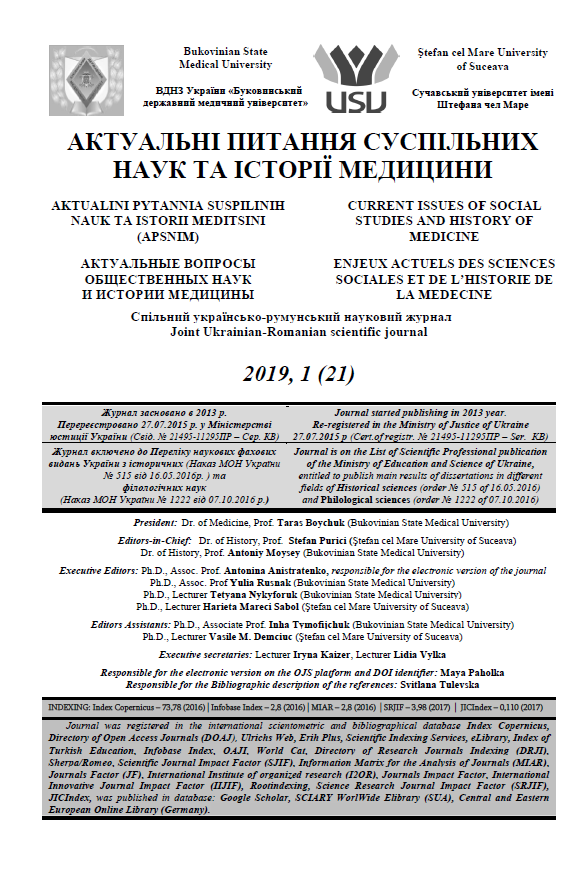STRUCTURAL PECULARITIES OF NOUNS OF MASCULINE, FEMININE, NEUTER, AND COMMON GENDERS IN ENGLISH LINGUISTICS
STRUCTURAL PECULARITIES OF NOUNS OF MASCULINE, FEMININE, NEUTER, AND COMMON GENDERS IN ENGLISH LINGUISTICS
Author(s): Natalya SkrytskaSubject(s): Theoretical Linguistics, Philology
Published by: Видавництво ВДНЗ України « Буковинський державний медичний університет »
Keywords: Nouns; Masculine; Feminine; neuter; common genders; English linguistics;
Summary/Abstract: General statement of the problem and its connec-tion with important scientific or practical aims. While grammatical gender was a fully productive inflectional category in Old English, Modern English has a much less pervasive gender system, primarily based on natural gender. The category of gender is oppositional. It is formed by two oppositions related to each other on a hierarchical basis. One opposition functions in the whole set of nouns, dividing them into person (animate, human) nouns and non - person (inanimate, non-human) nouns. The other opposition func-tions in the subset of person nouns only, dividing them into masculine and feminine gender.
Journal: Актуальні питання суспільних наук та історії медицини
- Issue Year: 2019
- Issue No: 1
- Page Range: 42-45
- Page Count: 4
- Language: English

